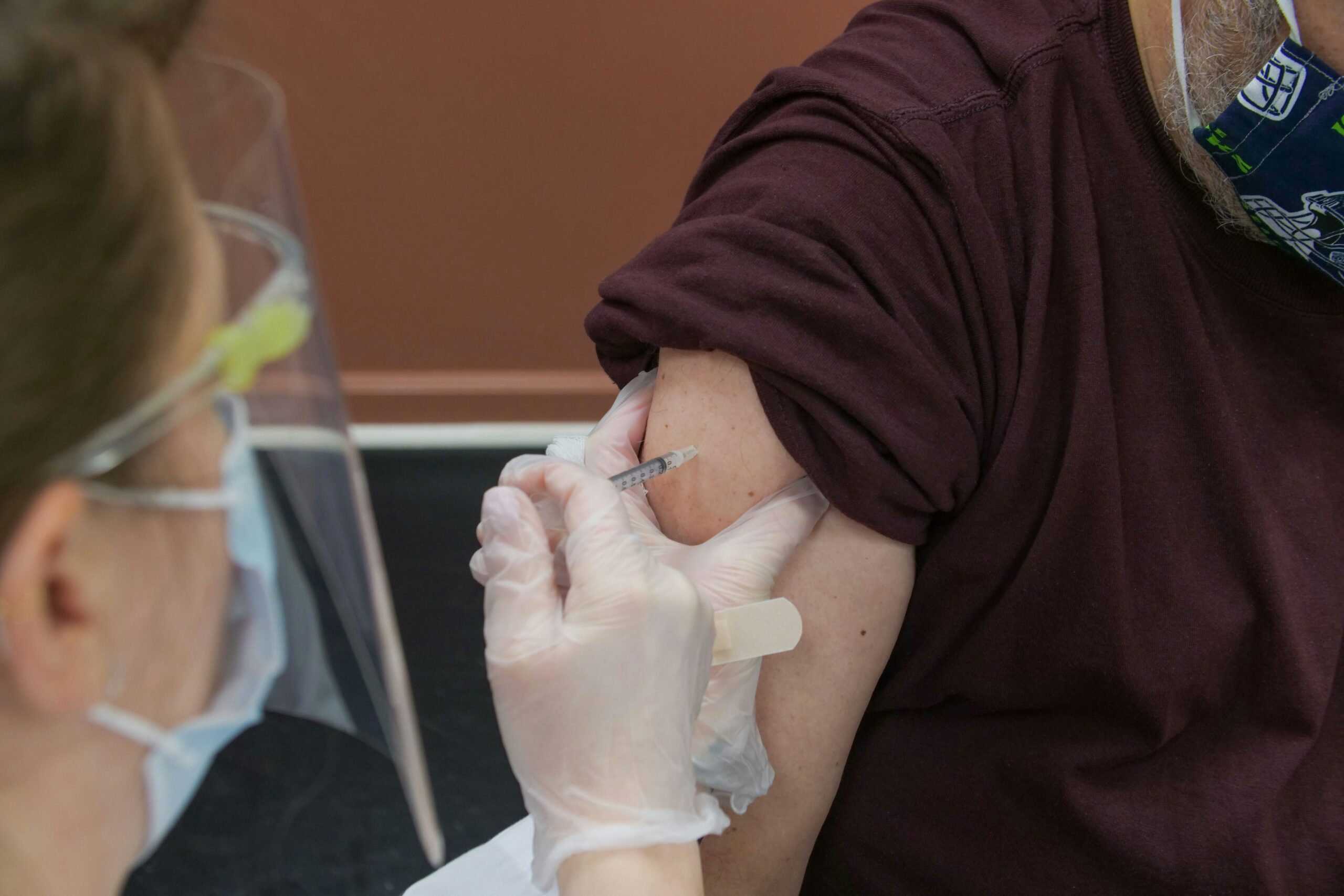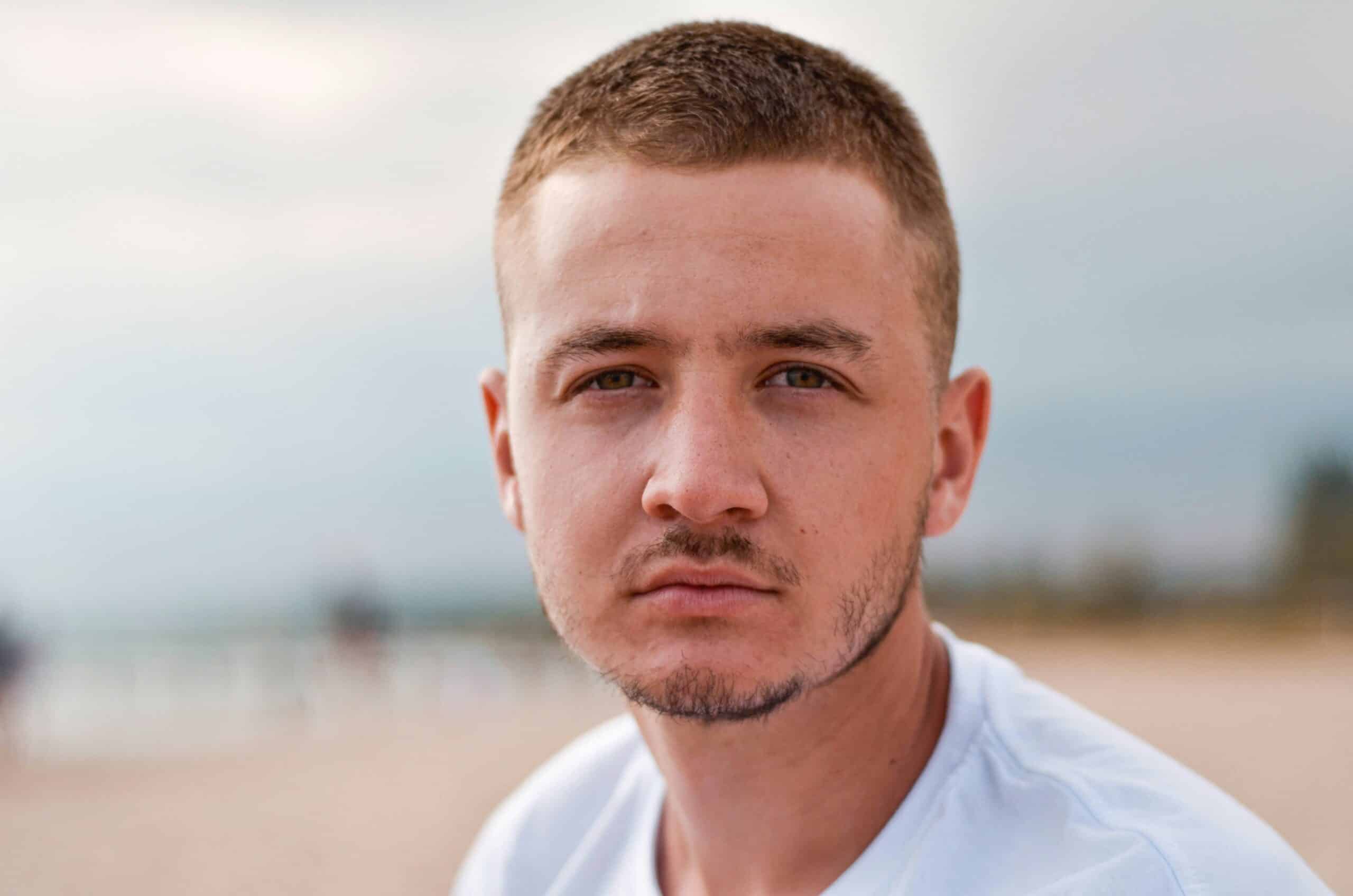The Pioneers of Virtual Reality in Addiction Treatment
By Michael Rass
Researchers at the University of Houston are using virtual reality addiction treatment to explore innovative methods to combat substance use disorder. The Virtual Reality Clinical Research Lab at UH’s Graduate College of Social Work was established in 2012. Initially, the lab tried to help smokers learn how to refuse cigarettes. Then the focus shifted to alcohol misuse, and now the researchers are looking at injection drug use. “We started to look at heroin because there has been a large influx of heroin from Mexico that really impacts our community in southeast Texas,” says Micki Washburn, a research scientist at the Virtual Reality Clinical Research Lab. “And with the opioid epidemic, more and more people are transitioning from prescription opioids to heroin because they are no longer able to obtain those prescription opioids. Since this has become more of an ongoing problem, we thought we might be able to come up with an innovative approach to treatment that might give people a different option, should they decide to go into treatment,” she says.
(Photo courtesy of University of Houston)
Cutting-Edge Technology
When people with addiction participate in the program, they put on a virtual reality headset and navigate through various scenarios. “It’s a fully immersive environment based on their typical drug use environment,” explains Washburn. “That may be a house party or at home or a club. For alcoholism, it could be a simulated bar.” For heroin users, details may include an open pizza box or a spoon and syringe on a table designed to trigger a heroin craving. “We use exposure to whatever substance they are misusing. The team can do physiological monitoring of their responses to see if the craving is actually triggered,” says Washburn. At the same time, participants can learn coping skills. “Basically, what we’re doing is an extension of exposure therapy for various psychological disorders,” says Washburn. “As therapists, we know that giving people a virtual environment that is as close as possible to a real environment enables us to teach them to withstand uncomfortable feelings that trigger the use of substances.” Before the availability of virtual reality addiction treatment at the VR lab, people came in to receive exposure therapy in a traditional office setting. “We might have shown them videos or pictures or even drug paraphernalia to try to trigger that craving in the office and then teach them skills that help them work through that, but the efficacy of that approach is much more limited.”
Keeping Virtual Reality Addiction Treatment Realistic
How much detail the virtual reality can replicate matters. The more immersive the environment, the more useful it becomes as a therapeutic tool. Is the music in the background appropriate? Are the experienced smells realistic? Do people talk and look the way patients would expect? “Initially, the VR used all white avatars, which is not what you would see in an urban environment like Houston. We continually customize the program to make the environment as realistic as possible,” says Washburn. “Eventually, objects in the virtual environment could be tactile, with patients able to touch objects like drug paraphernalia without actually using substances, of course.” The virtual reality addiction treatment training is not meant to replace comprehensive addiction treatment. It should rather be seen as a weapon to be added to the arsenal. “Cravings are partly physiological and partly psychological,” says Washburn. “Our virtual reality setup won’t be able to extinguish the physiological aspects, but we hope to enable patients to contain the psychological ones. It’s not going to be a quick-fix therapy. For some people, this therapeutic approach could be contraindicated, for instance, for people who had psychotic episodes.” For the time being, VR therapy at the University of Houston is experimental. But Washburn hopes it will eventually become part of treatment programs if her team can demonstrate the efficacy of the approach. “It would be a great adjunctive treatment for people that are either reluctant to seek inpatient treatment or it could become part of inpatient treatment programs.” The hope is that people with addiction will be able to learn how to check cravings and manage them appropriately in controlled virtual reality scenarios, so when cravings emerge in the actual environment they don’t have to give in to the urge to use. Of course, learning to withstand cravings is only part of recovery, albeit an important one. Addiction is a complex disease that requires treatment on multiple levels over a considerable time span. The comprehensive treatment approach at Lakeview Health aims to address not only the substance misuse per se but also its underlying causes. The Lakeview Health team strives to treat the whole patient—body, mind, and spirit—using a multidisciplinary medical model, known as integrative health, that combines physiological, psychological, and psychosocial care. Therapy is highly personalized to meet each patient’s needs and circumstances.




